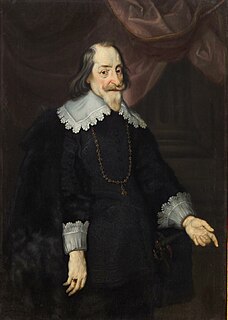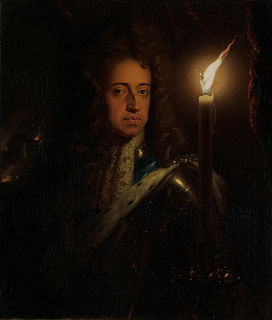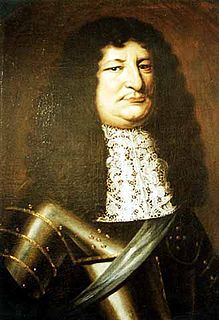 W
WThe Treaty of Fontainebleau was signed on 30 May 1631 during the Thirty Years' War, at the Palace of Fontainebleau. It was a pact of mutual assistance between Maximilian I, Elector of Bavaria, and France, for a period of eight years.
 W
WThe Grand Alliance is the anti-French coalition formed on 20 December 1689 between England, the Dutch Republic and the Archduchy of Austria. It was signed by the two leading opponents of France; William III, King of England and Stadtholder of the Dutch Republic, and Emperor Leopold, on behalf of the Archduchy of Austria.
 W
WThe Heilbronn League was formed in the Free Imperial City of Heilbronn, on 23 April 1633, during the Thirty Years' War. Led by Sweden, it brought together various Protestant states in western and northern Germany. It was supported by Saxony and Brandenburg-Prussia, although they were not members.
 W
WThe Holy League established in 1594 by Pope Clement VIII was a military alliance of predominantly Christian European countries aimed against the Ottoman Empire during the Long War (1591–1606). The aim of this alliance was to drive the Ottoman Empire out of Europe
 W
WThe Holy League of 1684 was an alliance of European nations formed during the Great Turkish War. Born out of the Treaty of Warsaw, it was founded as a means to prevent further Ottoman expansion into Europe. This consolidation of a large portion of Europe's military might led to unprecedented military successes, with large areas of previously ceded land recovered in Morea, Dalmatia and Danubia in what has been called a "14th crusade".
 W
WThe treaty of Marienburg, concluded on 29 June 1656, was a Brandenburg-Prussian – Swedish alliance during the Second Northern War.
 W
WThe treaty of Rinsk, concluded on 2 November (O.S.) / 12 November (N.S.) 1655, was a Ducal-Royal Prussian alliance during the Second Northern War. Frederick William I, Elector of Brandenburg and duke of Prussia, and the nobles of Royal Prussia agreed to allow Brandenburgian garrisons in Royal Prussia to defend it against the imminent Swedish invasion. The important towns of Danzig (Gdańsk), Thorn (Toruń) and Elbing (Elbląg) did not participate in the treaty and were not garrisoned by Brandenburgian troops, and except for Danzig surrendered to Sweden. The remainder of Royal Prussia, except for Marienburg (Malbork) was overrun by Sweden and Frederick William I's forces pursued to Königsberg, where he was forced to accept Swedish overlordship in the Treaty of Königsberg in January 1656.
 W
WThe Treaty of Vienna, concluded on 27 May 1657, was an Austro–Polish alliance during the Second Northern War. After Habsburg emperor Ferdinand III had agreed to
 W
WThe 1668 Triple Alliance was signed by the Kingdom of England, the Swedish Empire and the Dutch Republic in May 1668. It was created in response to the occupation of the Spanish Netherlands and Franche-Comté by France. Although Spain and Emperor Leopold were not signatories, they were closely involved in the negotiations.